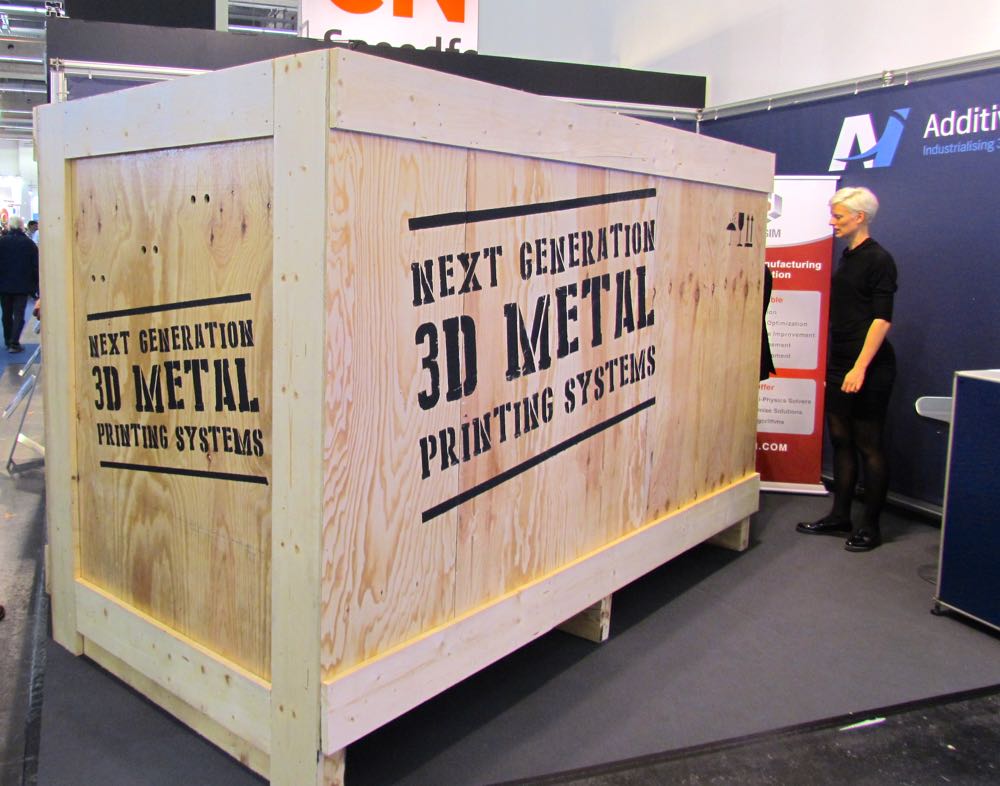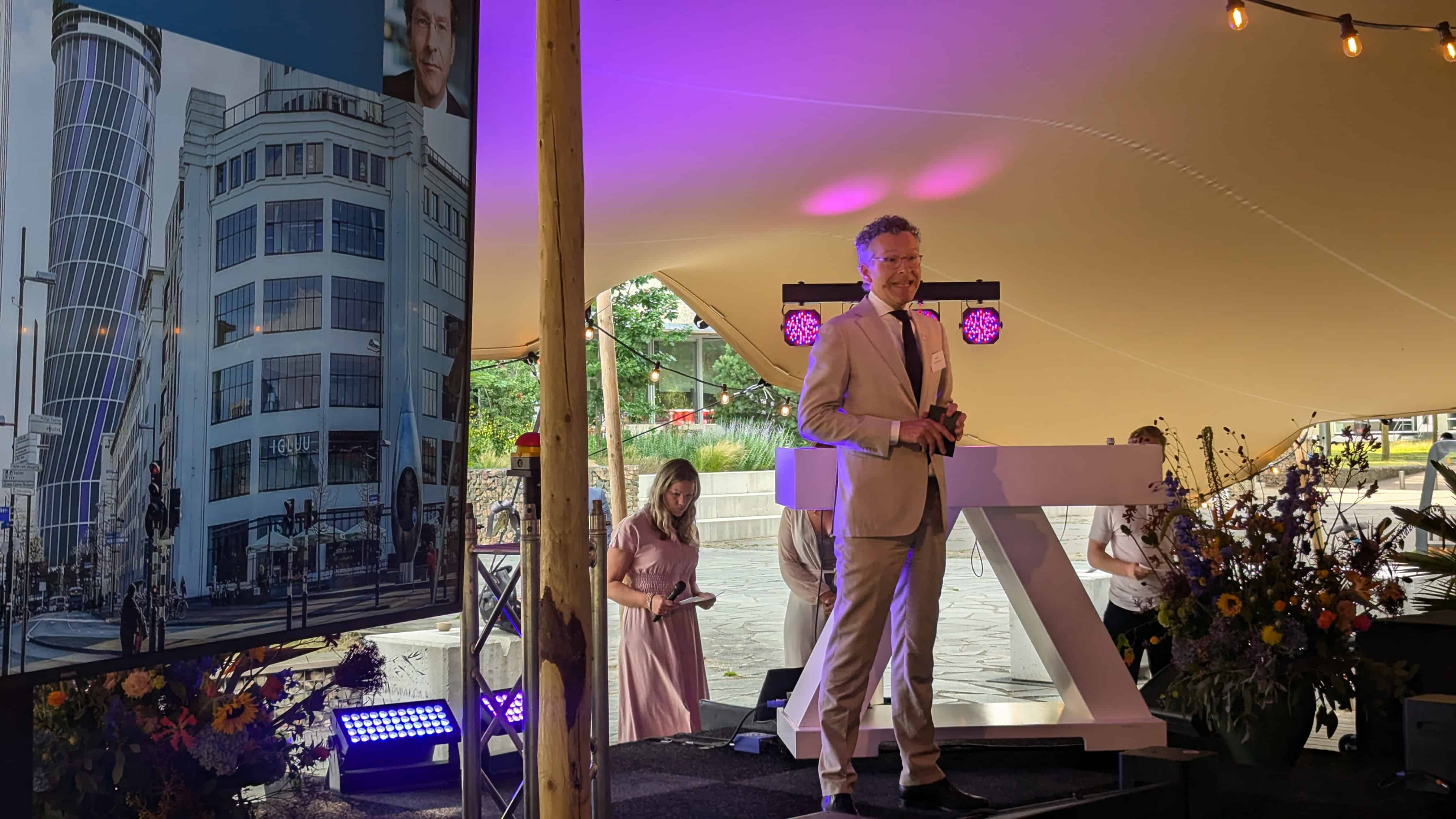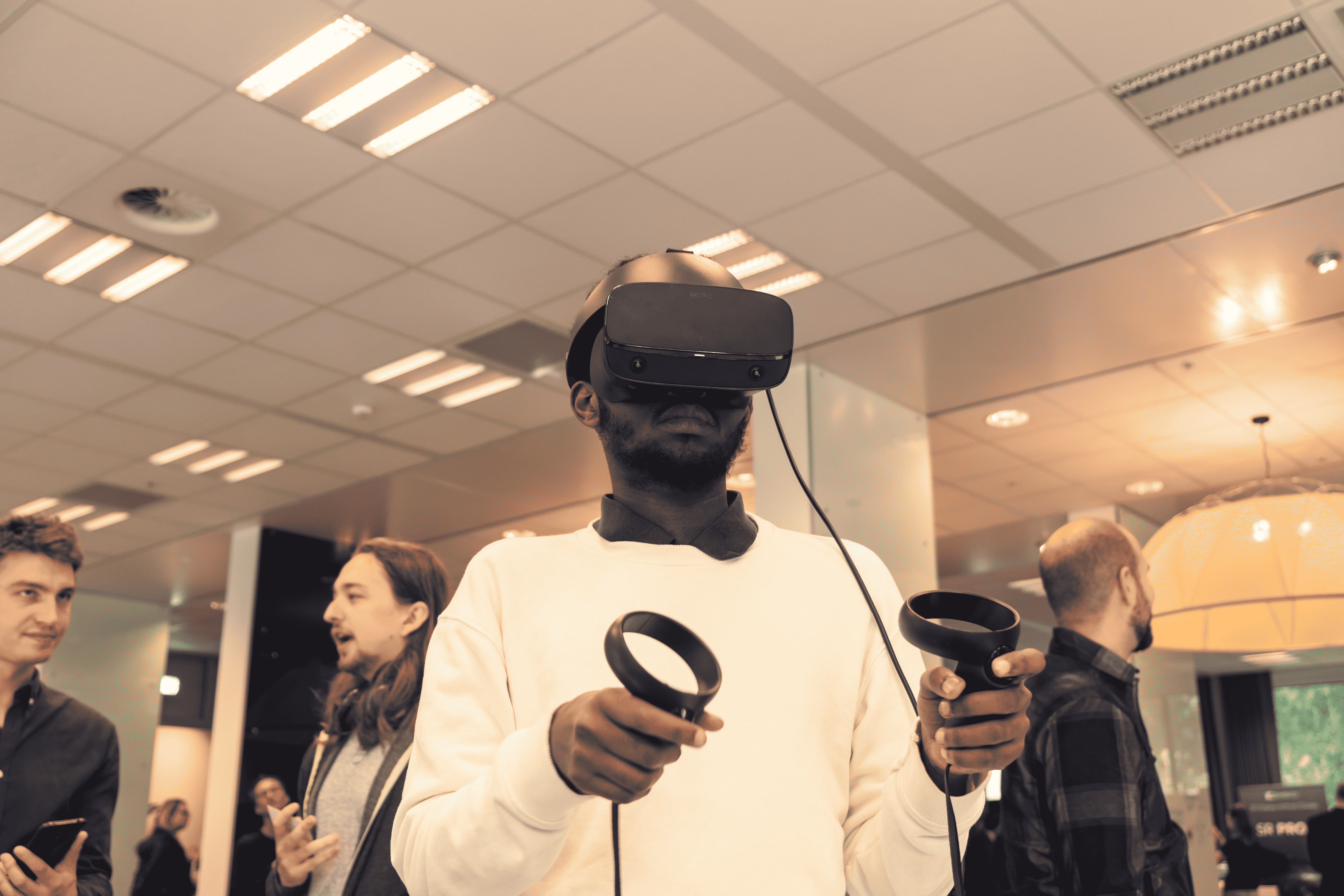
Professionals and students (re)design products for several purposes
The award ceremony will take place next month at the High Tech Campus Eindhoven, close to Additive Industries’ headquarters, but we already know that there will be no Dutch winner for the Additive World Design for Additive Manufacturing Challenge 2018. From the group of 52 participants from all over the world, 6 finalists were finally selected for the categories of professionals and student designers.
“This year’s redesigns demonstrate again how product designs can be improved when the freedom of 3D printing is applied. It’s not only about topology optimization anymore, but about eliminating manufacturing difficulties, minimizing assembly and lowering logistical costs. These redesigns are really demonstrating a broad range of applications”, says Daan Kersten, CEO of Additive Industries. During the Additive World Awards Dinner in Eindhoven, The Netherlands, on March 14, Erik de Bruijn (co-founder of Ultimaker, chairman of the jury) will announce the winners of the Design for Additive Manufacturing Challenge 2018.
This year the professionals from the Intech DMLS team (India) show how avionics can benefit from the additive manufacturing capabilities by focusing on part count reduction, simultaneously making it lighter and increasing the efficiency of the part. The French team, “3D-medlab”, optimized the design of a Medical Part Gripper, showing even when additive manufacturing is already applied to producing prosthesis in the medical field, there is still room for extended applications. They chose to redesign the impactor, which main function is to hold products such as acetabular cups during operation. The third finalist in the professional category is an Italian team from the company Aidro Hydraulics, perfectly reducing both weight and space as well as optimizing the flow performance of a hydraulic manifold designed for additive manufacturing.
This year there is an honourable mention in the professional category: Fabian Baum from EDAG Engineering (Germany) entered the Design Challenge with the “LightHinge+” design. By using the bionic principles, stresses and deformations caused by the applied loads are minimized and 50% weight reduction is achieved. By optimizing the model’s orientation and support structure, the necessary support volume is reduced to 20% of the overall building volume.
The finalists from the student category had interesting redesigns this year as well. Philipp Kaindl, from the Technical University of Munich, with his “Gasification Burner” invented a novel coal swirling mechanism in order to increase the thermal efficiency. His design incorporates function integration and fluid paths were optimized. Yogeshkumar Katrodiya from Fraunhofer IGCV (Germany) with his functional integration design of a shaft and gear with conformal cooling channels, created a better cooling efficiency with sufficient quantity of lubricant. The combined weight of the original gear and shaft is reduced 50% by integration of gear and shaft with help of a topology optimization approach. Finally, Cassidy Silbernagel from the University of Nottingham (UK) is the winner of the two last Design Challenges, with his upgraded “multifilament Ultimaker 2+ all metal hot end” with enhanced part cooling. Cassidy wanted to show that you can greatly improve and enhance an existing product while also making the product more compact and functional. It is a special fact that the Ultimaker 2+ was his prize for winning the Design Challenge.
The designs are (from left to right, first top row then bottom):
‘Avionics System’ from the Intech DMLS team (India, professional category)
‘Medical Part Gripper’ from the 3D-medlab team (France, professional category)
‘Hydraulic Manifold’ from the Aidro Hydraulics team (Italy, professional category)
‘Gasification Burner’ from Philipp Kaindl from the Technical University of Munich (Germany,
student category)
‘Functionally Integrated Shaft and Gear’ from Yogeshkumar Katrodiya from Fraunhofer IGCV team
(Germany, student category)
‘Ultimaker 2+ Hot End’ from Cassidy Silbernagel, Silver Cannon Design team, the University of
Nottingham (United Kingdom, student category)









